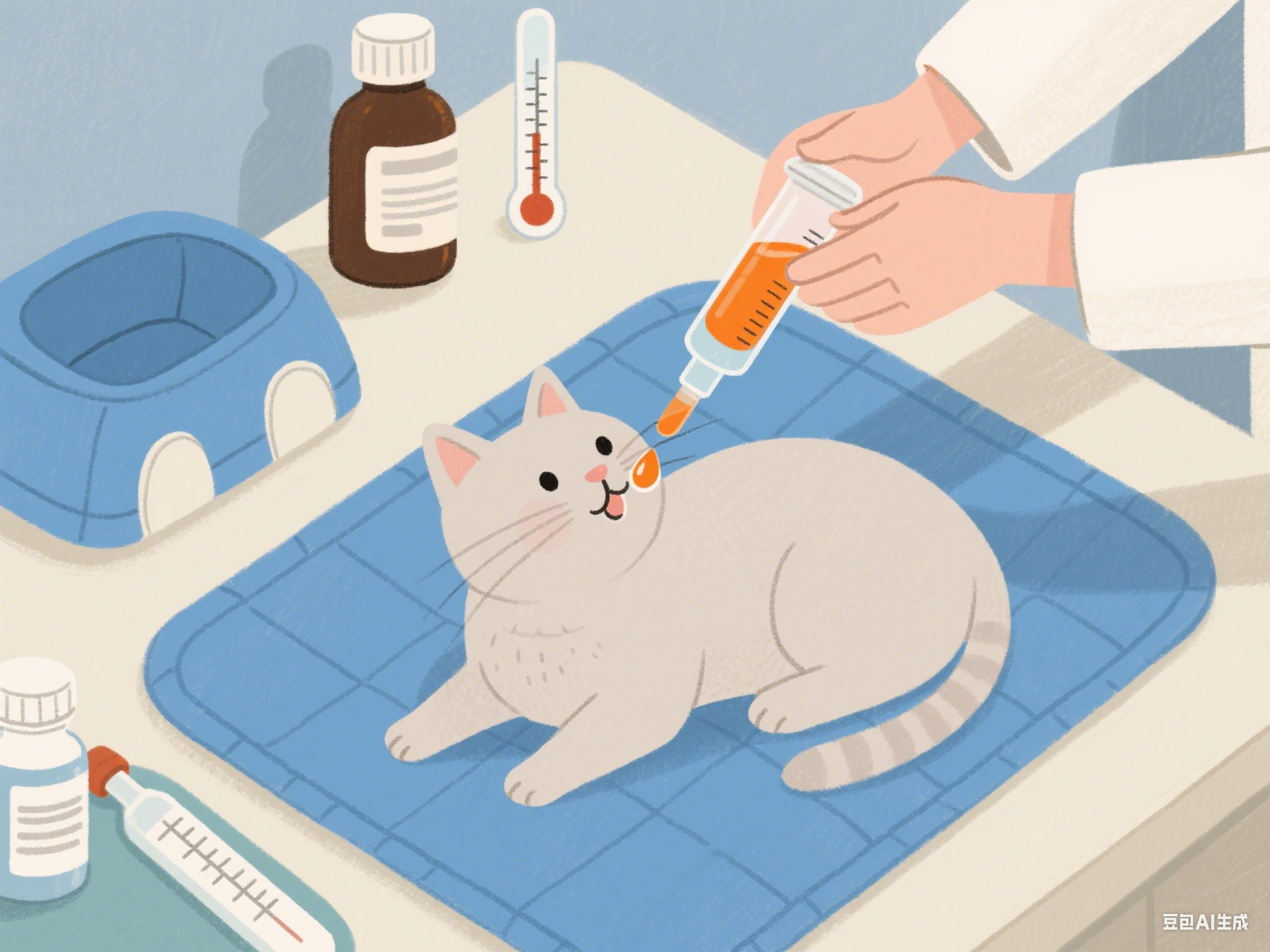When it comes to deworming cats, choosing between combined internal and external dewormers or separate internal/external deworming depends on your specific needs and your cat’s situation. Here’s a concise breakdown to help you decide:
Combined Internal & External Dewormers
Best for: Convenience seekers, busy owners, or cats that tolerate topical treatments well.
Pros:

- One-step solution: Covers both internal (e.g., roundworms, hookworms) and external parasites (e.g., fleas, ticks) in a single application (topical drops or oral meds).
- Broad-spectrum coverage: Many products (like those containing imidacloprid and moxidectin) target 10+ parasite types, simplifying prevention.
- Consistent prevention: Easier to stick to a regular schedule, reducing the risk of missed doses.
Considerations: May not be as tailored to rare or specific parasites, and some cats may dislike topical application.
Separate Internal & External Deworming
Best for: Cats with specific parasite risks, picky eaters, or owners who prefer targeted control.
Pros:
- Targeted action: Internal dewormers (e.g., pyrantel, fenbendazole) focus on intestinal parasites, while external treatments (e.g., fipronil, selamectin) zero in on pests like mites or lice—ideal if your cat faces unique risks (e.g., hunting rodents).
- Better palatability: Many internal dewormers come in flavored chews (e.g., chicken liver), making them easier to administer to finicky cats.
- Mild formulas: Some separate products use gentler ingredients, suitable for kittens, seniors, or cats with sensitive health.
Considerations: Requires two separate steps (e.g., an oral pill + a topical drop), which may be more time-consuming, and risks missed doses if schedules aren’t strictly followed.
Key Tips for Both Methods
Regardless of your choice:
- Only deworm healthy cats: Sick, weak, or immunocompromised cats may react poorly—consult your vet first.
- Follow dosage/frequency: Overdosing can cause toxicity; underdosing is ineffective. Match the product to your cat’s weight and age.
- Prevent licking: Use an Elizabethan collar after topical treatments, and isolate multi-cat households temporarily to avoid mutual grooming.
- Avoid bathing: Skip baths 3 days before and after deworming to preserve product efficacy.

Final Thought: Combined dewormers excel in convenience and broad protection, while separate treatments offer precision and flexibility. Discuss your cat’s lifestyle (indoor vs. outdoor, hunting habits) and health with your vet to pick the best option—consistency in deworming is always more important than the method itself!



